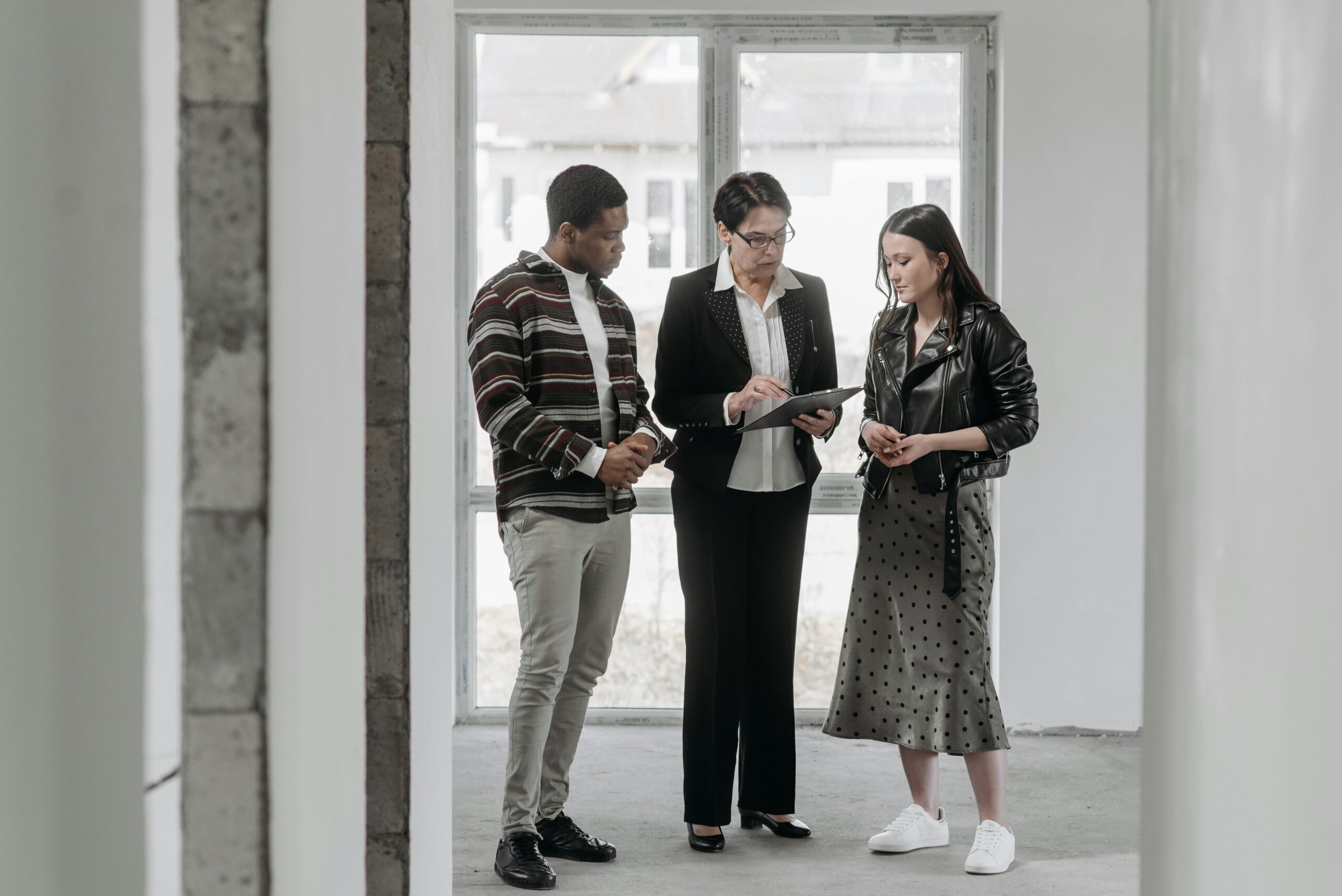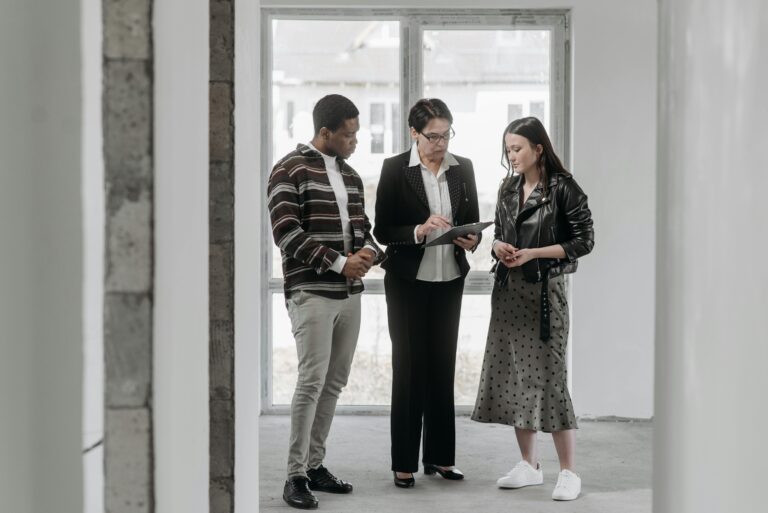
Buying a home is a major financial milestone, but saving for a down payment can be one of the biggest obstacles to homeownership. Fortunately, there are legitimate ways to buy a home with little or no money down. Whether you’re a first-time homebuyer or someone looking for a more affordable way to enter the market, this guide will walk you through various zero-down home-buying options.
Understanding No Money Down Home Buying
Purchasing a home without a down payment means that you’ll be borrowing the entire purchase price. While this can increase the amount of interest paid over time, it makes homeownership more accessible. Many lenders and government programs exist to help buyers achieve this goal without the traditional 20% down payment.
-
Government-Backed Loan Programs
Several federal loan programs make it possible to buy a home with no down payment. These loans are backed by the government, reducing the risk for lenders and making it easier for buyers to qualify.
VA Loans (For Veterans and Active Military)
- Offered by the Department of Veterans Affairs
- No down payment required
- No private mortgage insurance (PMI)
- Competitive interest rates
- Must meet service requirements
USDA Loans (For Rural and Suburban Homebuyers)
- Sponsored by the U.S. Department of Agriculture
- Available in eligible rural and suburban areas
- No down payment required
- Low mortgage insurance costs
- Must meet income and location requirements
-
Down Payment Assistance Programs
Various state and local programs exist to help homebuyers cover their down payment and closing costs. These assistance programs can take the form of grants, loans, or forgivable second mortgages.
First-Time Homebuyer Programs
- Many states offer special financing for first-time buyers
- Can provide funds for down payment and closing costs
- Often have income and credit score requirements
Forgivable Loans and Grants
- Some programs provide forgivable loans if you stay in the home for a certain period (typically 5–10 years)
- Grants don’t need to be repaid and can help cover upfront costs
-
Using Lender Credits and Seller Concessions
Lender Credits
Some lenders offer credits in exchange for slightly higher interest rates. This can help cover closing costs, making homeownership more affordable upfront.
Seller Concessions
- Sellers may agree to pay part of the buyer’s closing costs
- Common in buyer’s markets where sellers are motivated
- Negotiable based on the terms of the sale
-
Lease-to-Own and Rent-to-Own Options
If you don’t have enough savings for a down payment but can afford monthly payments, a lease-to-own or rent-to-own agreement might be an option.
How It Works
- Rent payments contribute toward a future down payment
- Portion of rent set aside for home purchase
- Helps build credit and savings while securing a home
- Typically requires an option fee, which can be applied to the purchase
-
Using Gift Funds from Family or Friends
Lenders often allow homebuyers to use gift money from family members for a down payment.
Guidelines for Gift Funds
- Must come from an approved donor (family, close friend, or employer)
- Requires a gift letter stating no repayment is needed
- Some loan programs have restrictions on the amount that can be gifted
-
Employer Home Buying Assistance Programs
Some companies offer home-buying assistance as an employee benefit. These programs can include:
- Grants or forgivable loans for down payment assistance
- Matching savings plans for home purchases
- Relocation assistance
-
Taking Advantage of Co-Buying
If you can’t qualify for a mortgage alone, co-buying with a trusted partner, family member, or investor might be an option.
Benefits of Co-Buying
- Splits financial responsibility
- Can improve loan qualification chances
- Reduces upfront and ongoing costs
-
Saving Money Through Special Mortgage Products
Some mortgage lenders offer special loans requiring little or no down payment for specific professions, such as teachers, first responders, and healthcare workers.
Examples of Specialized Mortgage Programs
- Good Neighbor Next Door (for teachers, police officers, and emergency personnel)
- Physician loans for medical professionals
Pros and Cons of Buying a Home with No Money Down
Pros:
- Faster homeownership with less upfront cost
- Keeps savings intact for emergencies
- Allows buyers to enter the market sooner
Cons:
- Higher monthly payments due to larger loan amount
- Potential for negative equity if home values drop
- Increased mortgage insurance costs

Is Buying a Home with No Money Down Right for You?
Buying a home with no money down is possible through various loan programs, assistance initiatives, and creative financing options. However, it’s essential to weigh the risks and benefits, consider long-term financial stability, and choose the best program for your needs.
If you’re ready to explore your options, speak with a mortgage professional or financial advisor to find the best path to homeownership that suits your situation.





